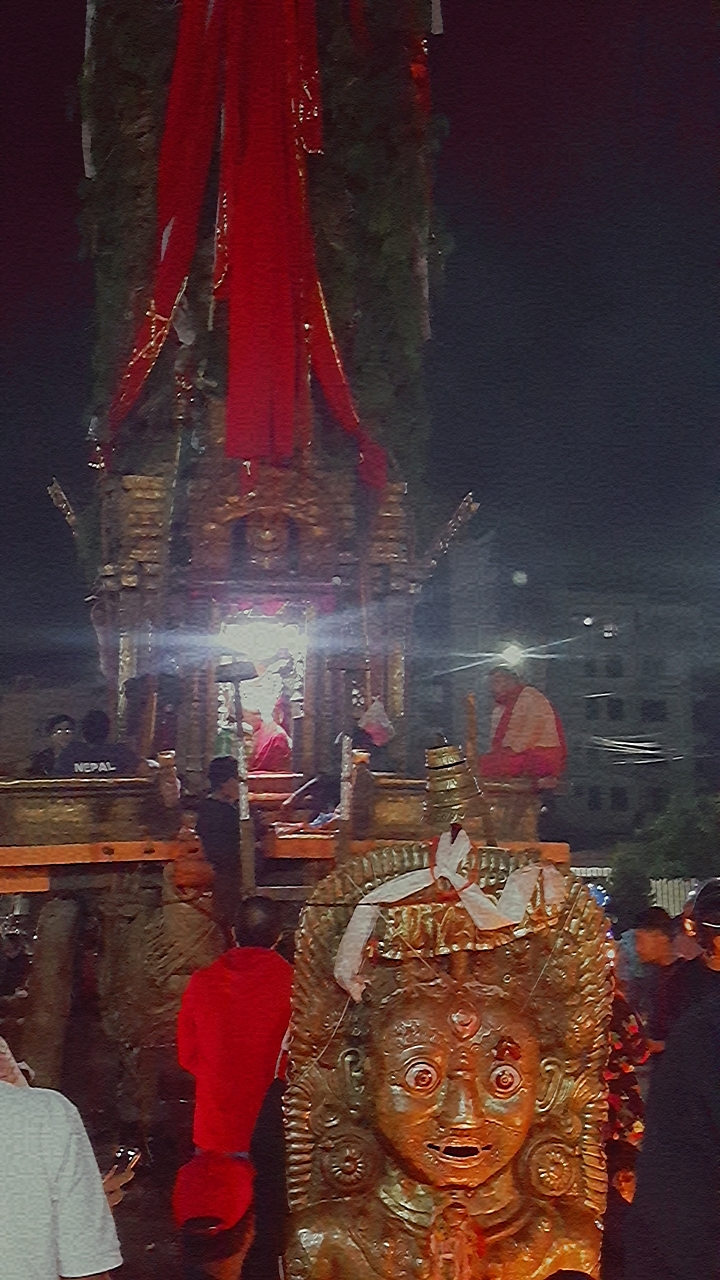Rato Machhindranath Jatra – 2079
By: Arnav Singh and Aarshiya Gorkhali
Rato Machhindranath Jatra is a chariot procession or “Jatra” in which an approximately 60-foot wooden chariot with a statue of Rato Machhindranath (Bunga Dyah), God of Rain, is pulled throughout the district of Lalitpur. Rato Machhindranath Jatra is celebrated by the Newar community of Lalitpur. This festival is a significant part of Newari culture and heritage, which has been practiced since the 6th century A.D and has survived through several wars, leaders, and dynasties. This festival is a month-long festival that takes place yearly.
The chariot parade starts at Pulchowk, where the chariot is rebuilt every year and the idol of the god goes into the chariot on an auspicious date, which was the 24th of Baisakh this year. After the construction is over, the festival officially begins.. The chariot follows the route of Gabahal, Mangal Bazar, Chakrabahil, Sundhara, Lagankhel, and eventually ends in Jawalakhel of Kathmandu valley. It takes a stop in every location, and before continuing the procession, an auspicious date is looked for. On the fourth day, after being traveled from various places, it ends with a Bhote Jatra.
Bhoto Jatra is the ending of the festival where a government official stands on the top area of the chariot and shows off a traditional Nepali vest (Bhoto), with various jewels embedded in it to the onlookers of the festival. Several important people come to observe the closing of the ceremony. including the President and the Kumari (living child goddess) of Patan (Lalitpur). This year, Bhoto Jatra took place on the 21st of Jestha 2079 B.S. On the same day, the idol of Rato Machhindranath is taken back to its temple in Bungamati.
Once the Jatra is over, the chariot is disassembled, and its parts are stored until the next year. Throughout the festival, many people visit the chariot, follow the march, and pray to the idol. Plenty of people observe this festival with great importance and pride.
Pictures:

